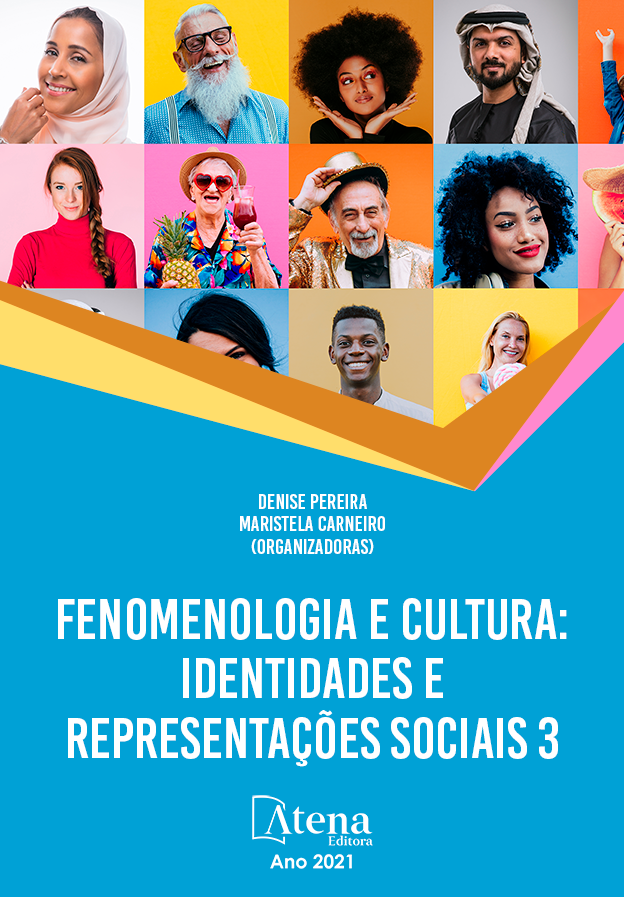
REPRESENTAÇÕES SOCIAIS CONSTRUÍDAS POR RAPAZES GAYS SOBRE “MODOS DE VESTIR GAY”
O presente trabalho buscou levantar as representações sociais sobre os “modos de vestir gay”, expressas por homossexuais assumidos do sexo masculino. Partiu-se da teoria das representações sociais (Moscovici) e da teoria da identidade social (Tajfel), articuladas com as teorias feministas, para a caracterização do campo da moda como lócus das relações de gênero. Nesta pesquisa as questões giraram em torno dos conceitos de Moda e Aparência, sendo utilizados para a análise dos dados o software Evoc. Participaram 81 (oitenta e um) sujeitos. Os resultados das análises, partindo-se da abordagem estrutural de Abric, apontam para a existência de representações sociais sobre os modos de vestir gay. Estas representações de parte de uma comunidade, são evidenciadas a partir das principais evocações explicitadas pelos respondentes, assim como as justificativas e zona muda expressas por meio dos segmentos de textos coletados. De fato, a partir dos achados, pode-se concluir que a moda faz gênero. Essas relações estabelecidas fazem surgir representações (autorrepresentação) de parte da comunidade gay como fortemente vinculada à moda. Que se vestem de maneira estilosa e propõem novos olhares sobre o masculino, no intuito de superar a dicotomia homossexual e heterossexual.
REPRESENTAÇÕES SOCIAIS CONSTRUÍDAS POR RAPAZES GAYS SOBRE “MODOS DE VESTIR GAY”
-
DOI: 10.22533/at.ed.65321150412
-
Palavras-chave: Representações Sociais; Moda; Masculinidades; Modos de Vestir; Gay.
-
Keywords: Social representations; Fashion; Masculinities; Way of Dressing; Gay.
-
Abstract:
The present work sought to raise the social representations about the “gay ways of dressing”, expressed by assumed homosexuals of the masculine gender. It started from the theory of social representations (Moscovici) and the theory of social identity (Tajfel), articulated with feminist theories, to characterize the field of fashion as the locus of gender relations. In this research, the questions revolved around the concepts of Fashion and Appearance, and Evoc software was used for data analysis. 81 (eighty-one) subjects participated. The results of the analyzes, starting from Abric's structural approach, point to the existence of social representations about the gay ways of dressing. These representations of part of a community, are evidenced from the main evocations explained by the respondents, as well as the justifications and silent area expressed through the segments of texts collected. In fact, from the findings, it can be concluded that fashion make gender. These established relationships give rise to representations (self-representation) of part of the gay community as strongly linked to fashion. Who dress in a stylish way and propose new perspectives on the masculine, in order to overcome the homosexual and heterosexual dichotomy.
-
Número de páginas: 21
- Ana Lucia Galinkin
- Adair Marques Filho


